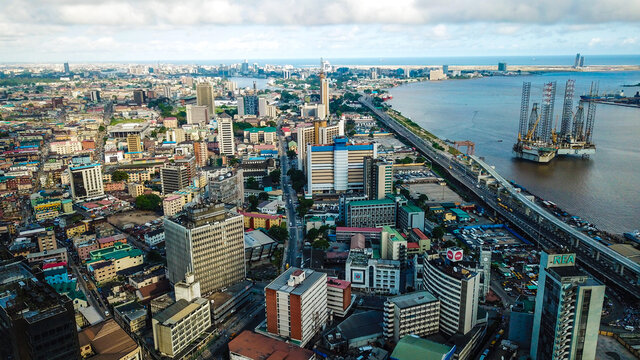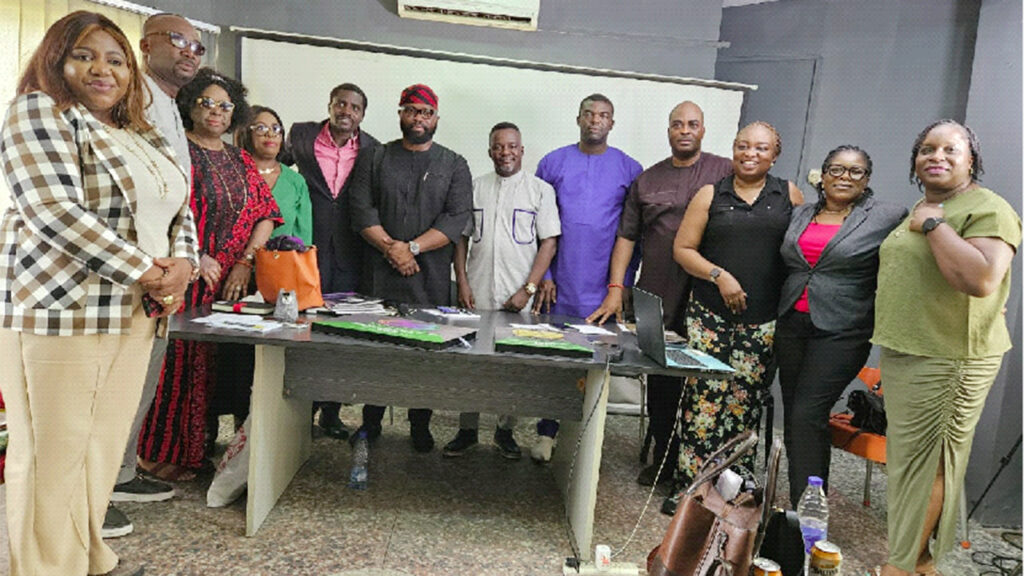
I remember the first time I walked into We-Work in Holborn, London. It was said to be one of the ultra-modern workspaces and had everything a person could need from a workplace, sofas, juice bar, smoothie station, restaurants, state of the art, everything.
On the surface, it ticked all the boxes, but we have gone on to find out how toxic WeWork was, to work in, which eventually led to the exit of Adam Neumann.
Something similar happened at The Wing, the women’s only workplace where the CEO, Audrey Gelman, was asked to leave due to issues with DEI. These examples show that when it comes to workspaces and workplaces, the environment in which work is done, the intangible matters, perhaps, more than the tangible, visual nature of office spaces.
Granted, it is easier to focus on the tangibles, and I have seen many organisations do this, where they provide modcons, gyms and juice bars available to their employees, but they miss out the importance of the type of workspace, the culture and the ‘soul’ of the workplace. I recall an experience while working on a sustainability project for a Nigerian bank some years ago.
Several employees complained to me about the lack of a work-life balance and the toxic nature of their work environment. I found it ironic because this bank had invited me to work on their corporate sustainability, the external perspectives and presentation of their sustainability agenda, which excluded the internal social dimension of sustainability, the employees and their sustainability strategy for this dimension. Again, the focus was on the ‘optics’.
External perceptions are important. I take that but where do we draw the line between what we want to present, and how things ought to be? Especially as the world of work is changing, and with the rise in burnout, anxiety and depression, the big stressors of the workplace in our times, sustainable workplaces become even more important, given that organisations need employees to achieve their goals.
More employees are choosing to leave toxic spaces, and when the cost of recruitment and churn are considered, including the cost of knowledge transfer, it is important that organisations need to pay serious attention to sustainable workplaces.
Interestingly, even within the sustainability discourse, the conversation on sustainable workspaces focuses on the external, how to reduce paper waste, and energy efficiency and consumption. It is perhaps easier to measure and track paper waste generation and energy consumption, although in a developing economy context such as Nigeria, where generators are used, the question of energy conservation, powered by a diesel generator may be seen to be performative.

Sustainable workplace practices
A successful organisation is one that is able to meet its economic, environmental and social responsibilities. Success is beyond profit alone and sustainable workplaces have proven to aid increased productivity, reduced stress levels and higher levels of trust, which all result in better-performing organisations. Toxic workplaces breed the opposite.
It starts with the work engagement contract. Do you offer what you promised, and is the job description aligned with the role you intend to fill and its benefits? What is the career development path? Is it clearly stated and are there fair rewards for excellent performance, and clear consequences for poor performance?
Are the team members empowered to do their jobs, where empowerment means the provision of the tools and resources (including training) required to complete their duties as well as the space to show initiative and make decisions within an open and trusting environment that fosters collaboration so that team members can work with others towards driving the solutions required? Are timelines for work deliverables realistic or do we expect people to work in a high-pressured environment?
Perhaps there is a need for additional team members to take the pressure off. There are times/spikes of pressure but these should be the exception, not the norm. Do we provide paid time off and encourage staff to take this time off to relax, travel? Do we encourage leisure time and recreational activities?
If this sounds like a workplace utopia, it isn’t. There is more. How do we help team members prioritise their physical and mental health? An example is another organisation we consulted for which had a small team of 5, and they wanted to start a programme for their employees. We recommended that a personal trainer come in three times a week for exercise. To ensure it worked well for people, the team agreed to work through lunch, to close an hour early, to ensure the exercise was done and they were able to go home at 5.00 pm. The result of this decision, a committed, healthy and productive workforce.
There is another issue that is gradually creeping up, with the usage of mobile phones, laptops, and the increasing trend of working from home. Medics say that more of us are at risk of cervical spondylosis, due to our posture, which rapidly ages the cervical spine. So it is important we have reminders and the right tools, stands and accessories to keep this in check. Physiotherapists and chiropractors can help to alleviate any challenges. Perhaps, workplaces can consider offering these treatments as staff benefits.
What does success look like?
Can a business truly be successful if its employees are burnt out, anxious about their workload or even going to the office, depressed or unhealthy? A former colleague had to stop using their phone because she had anxiety from a previous workplace where her boss was known to harass team members via WhatsApp at odd hours. Hurt people, hurt people, and sometimes, going to the root cause of why there is toxicity in the team (not always top-down) can lead to insightful reasons for why.
Granted, not everyone has the time to do this, and not everyone can go as extensively into these situations. HR can play a role, but it is time for HR to be seen as trusted and committed to the wellbeing of employees. Employees of course have a role to play in ensuring that they contribute to the work environment. And they should. We spend a significant amount of our time at work, why then should it not be enjoyable?
COVID-19 showed us that work does not have to happen in one location, with several organisations now infusing work from home policies and arrangements into their usual operations. That said the alarming consequence is that some people feel that they ‘live at work’ where the lines between home and work are increasingly blurred, and they are asked to be ‘on call’ all the time. This affects productivity in the long run.
How then do we measure or track sustainable workplaces? The workplace happiness quotient seeks to measure how happy employees are. I think there should be a sustainable workplace quotient, that looks at how sustainable the workplace is, across key metrics that track how fulfilled and respected employees feel in the work that they do. Toxic workplaces can wreak havoc on physical and mental health, and what indicators can be measured? How do we care for the humans we need to drive the work that we are doing? Imagine if, sustainable workplace quotient is reported within sustainability reports? Tracking, measuring and reporting these indices can help organisations to create a healthier, less stressful and more enjoyable work environment for their employees.
I recognise that for many employers and managers, not all of the recommendations are applicable, and it is difficult to start on all the indices. But there is always a place to start from, and it starts with the mindset to integrate sustainability, holistically into the work environment. How do we build and design better workplaces for our team members, and for the employees of the future? How do we get them to see work as joy, and coming to the workplace, wherever it might be, as a joyful activity? It is possible.
What happens where the workplace is already toxic? There’s the option to detoxify our workplace. Is it expensive? I say it is more effective and cheaper than the harmful physical, mental and emotional effects of toxic workplaces that lead to high staff turnover, low productivity and a poor attitude to work. Different industries and job roles will have different needs, and so it is about striking the balance between the diverse needs but ultimately, ensuring people feel seen and heard. The workplaces of the future also need to cater to people with disabilities and be more accessible and more inclusive.
What can you do today?
Here are seven key themes I share with business leaders on how they can make their workplaces more sustainable, more future ready.
• Leadership commitment through action, not words
• Coaching of managers and employees to understand how their behaviour might be toxic, don’t expect that everyone knows, sometimes, people only act from a position of fear or wanting to protect their position/knowledge
• Independent assessments towards understanding how people really think about the workplace culture and their suggestions on how to improve it
• Openly track progress, set goals and drive how these will be achieved.
• Providing more job control to employees (knowing contract terms, work hours, schedules,
• More data more evidence-based decisions about how employees feel and what they want
• Leadership development that is practical and realistic
In a world where there is potential to do so much good, why do we keep choosing not to? Employers, managers, and team members must consider ways to contribute to the overall sustainability workplace quotient by detoxifying our workplaces, and it is a continuous journey towards making the workplace more enjoyable. Drama and dysfunctionality should not be part of the work.
Life is hard enough. Organisations that prioritise fairness, respectfulness, diversity, equity and inclusion are those that will thrive in the future.













